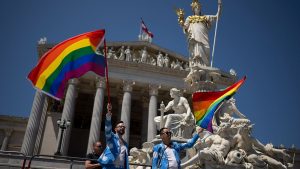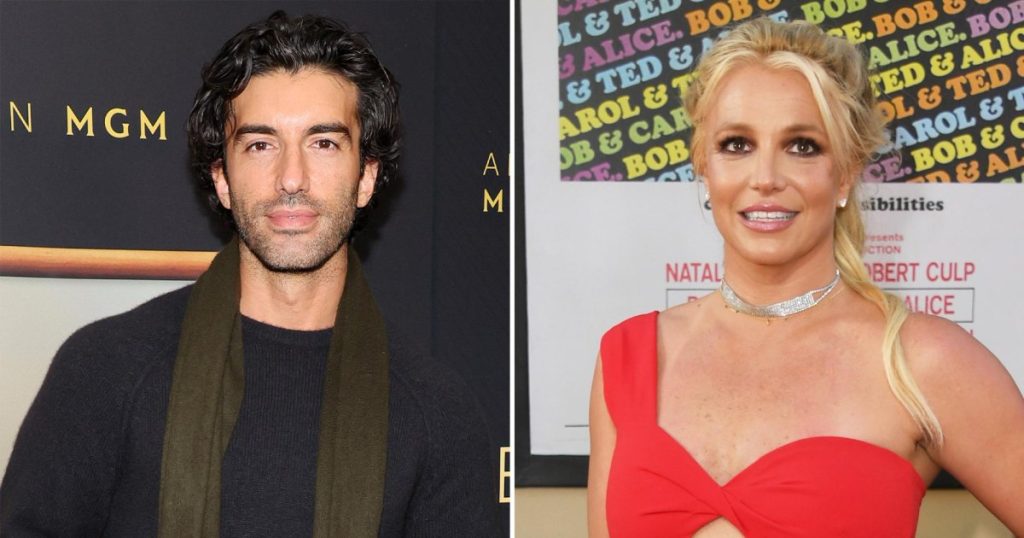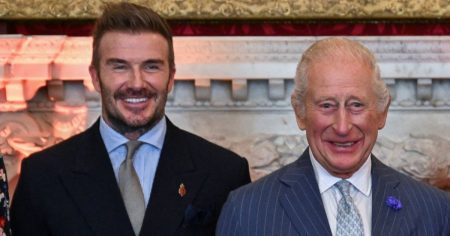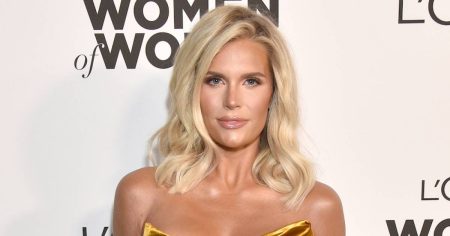The resurfacing of a 2017 interview clip featuring actor Justin Baldoni has brought renewed attention to his encounter with pop icon Britney Spears on the set of the television series Jane the Virgin. In the interview, Baldoni recounts an awkward interaction with Spears, stemming from his childhood fandom and a perceived online friendship. He describes approaching Spears for a hug, only to realize he may have startled her and subsequently questioned whether his actions constituted harassment. This self-reflection, coupled with the observation of his co-stars’ laughter, left Baldoni feeling embarrassed and wondering if he had misjudged the situation. The anecdote reveals a relatable experience of fan enthusiasm potentially crossing boundaries, particularly in the context of celebrity interactions. Baldoni’s admission of being a "huge Britney Spears fan" during his adolescence adds a layer of understanding to his eagerness to connect with the star.
The context of the resurfaced clip gains significance when viewed alongside Baldoni’s later legal battle with actress Blake Lively, his co-star in the film It Ends With Us. Lively filed a lawsuit against Baldoni in December 2024, alleging sexual harassment and a hostile work environment on the film’s set. The lawsuit further claims that Baldoni orchestrated a social manipulation campaign aimed at damaging Lively’s reputation. This legal entanglement places the resurfaced clip in a new light, potentially influencing public perception of Baldoni’s interactions with female colleagues. The timing of the clip’s resurgence, amidst the ongoing legal proceedings, raises questions about the narrative surrounding Baldoni’s professional conduct.
Baldoni’s legal representative, Bryan Freedman, vehemently denied Lively’s accusations, labeling them as fabricated, sensationalized, and motivated by Lively’s desire to rehabilitate her public image. Freedman’s statement portrays Lively’s lawsuit as a strategic maneuver to reshape the narrative surrounding the film’s production and deflect attention from potential negative publicity. This counter-narrative sets the stage for a contentious legal battle, with both sides presenting conflicting accounts of the events in question. The public nature of the dispute invites scrutiny of both Baldoni and Lively’s actions and motivations.
In a retaliatory move, Baldoni joined a group of plaintiffs in a $250 million lawsuit against The New York Times for their reporting on Lively’s initial legal filing. Baldoni’s lawsuit accuses The New York Times of facilitating Lively’s alleged smear campaign by selectively publishing communications while omitting crucial details. This escalation of the legal battle widens the scope of the conflict, drawing a major media outlet into the fray. The lawsuit against The New York Times underscores the complex interplay between celebrity disputes, media coverage, and the potential for legal action to shape public perception.
Baldoni’s assertion that Lively "cherry-picked" communications suggests a deliberate attempt to manipulate the narrative in her favor. This claim further complicates the legal battle, adding another layer of accusations and counter-accusations. The dispute highlights the challenges of discerning truth amidst conflicting accounts, particularly in high-profile cases involving celebrities. The legal proceedings are likely to involve extensive examination of evidence and testimony to determine the veracity of the claims made by both parties.
The New York Times has stood by its reporting and expressed its intention to vigorously defend itself against the lawsuit. This firm stance indicates a commitment to upholding journalistic integrity and resisting attempts to suppress or discredit their coverage. The legal battle promises to be a protracted and closely watched affair, with implications for media freedom and the accountability of public figures. The outcome of the lawsuits could significantly impact the careers and reputations of both Baldoni and Lively.










